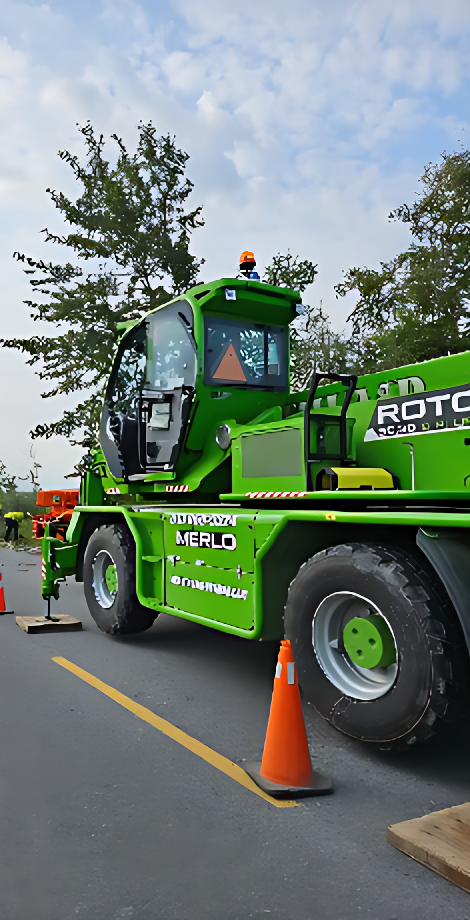Our Resources

Tree Removal Permit Ottawa
If you’re planning to cut down and remove a tree on your Ottawa property, you may need to obtain a tree removal permit from the City of Ottawa. The general guideline is based on the tree’s size: any tree with a diameter greater than 30 centimetres (approximately 12 inches), measured at the chest height, typically requires a permit for removal.
- The tree is under 30cm in diameter and the property is smaller than one hectare
- It’s located within an interior courtyard, solarium, rooftop garden, or similar enclosed space
- The tree poses an immediate risk to health, safety, or infrastructure and must be removed urgently
- The tree is situated on agricultural land, a nursery, a cemetery, or a golf course
- You are only pruning the tree (e.g., cutting branches or trimming sections), not removing it entirely.
Ottawa Tree Protection
As of January 1, 2021, Ottawa’s updated Tree Protection By-law is in effect. This new regulation replaces the former Urban Tree Conservation By-law and the Municipal Trees and Natural Areas Protection By-law, combining them into a single, streamlined policy. The revised by-law introduces changes to how tree protection is enforced, including updated permit requirements and removal guidelines. If you’re considering tree removal, it’s important to understand how these changes may affect your plans. Read on to learn what you need to know.
The Tree Protection By-law in Ottawa applies differently depending on where the tree is located within the city. The regulations are divided into three distinct zones: Urban, Suburban, and Rural. Urban areas include Ottawa, Nepean, and Vanier, while suburban areas cover communities such as Kanata, Orléans, Barrhaven, Stittsville, Greely, and Manotick. All other parts of the Greater Ottawa Area are classified as rural. Each zone has specific guidelines and requirements when it comes to tree protection and removal, so it’s important to know which area your property falls under before proceeding with any tree-related work.


Avoiding Tree Damage
Protecting trees during construction is crucial to preserve their health and structural integrity, as construction activities can pose significant risks. Common threats to trees on or near construction sites include soil compaction, root damage, changes in soil grade, damage to the trunk or branches, and exposure to harmful chemicals or equipment.
- Soil Compaction: Heavy machinery and foot traffic compress the soil around tree roots, reducing oxygen availability and water infiltration, which can suffocate roots.
- Root Damage: Excavation, trenching, or grading can cut or crush roots, severely affecting the tree’s ability to absorb water and nutrients.
- Grade Changes: Adding or removing soil around the base of a tree can bury roots or expose them, causing stress or injury.
- Physical Injury: Construction equipment can scrape or bruise bark, damaging the protective outer layer of the tree and inviting disease or pests.
- Chemical Exposure: Spills of concrete, fuel, or other chemicals can harm root systems and soil health.
Why Work With
Green Thumb Tree Specialists
Our team has years of experience with all areas of tree removal, and we have the tools and expertise to carefully and safely grind down your stump without affecting the aesthetics of your property.

